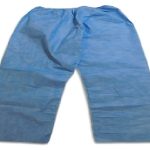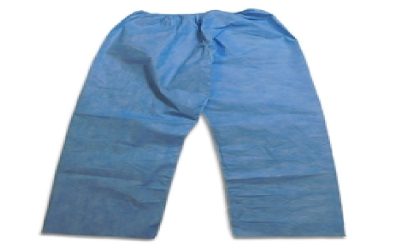Simply doing an online search for compression stockings, compression socks or compression pantyhose will result in a wide range of different results. There are many sock and stocking manufacturers marketing different types of these socks and stockings, but not all are suitable for lymphedema patients.
There are specific classes of compression stockings designed to provide mild to extra-firm levels of compression. Typically the more advanced stages of lymphedema have more significant swelling and will require more compression. However, the selection is made on a patient-by-patient basis.
Your Compression Class
Your Certified Lymphedema Therapist will provide you with the information you need to know what class you will fall into. The classes are established through the millimeters of mercury of mmHg measurement.
The four most common classes of compression stockings include:
1. Under 20 mm/Hg – mild compression/support
2. 20-30 mm/Hg – CCI
3. 30-40 mm/Hg – CCII
4. 40-50 mm/Hg – CCIII
Some stockings and socks come in higher compression classes and for some patients and some conditions there are significantly lower levels of compression provided by some manufacturers.
The same compression designation is used for lymphedema patients for pantyhose, socks, stockings and thigh highs.
Design and Features
There are different manufacturers offering different designs and features with various types of compression stockings. They are generally designed to be seamless and provide significant two-way stretch to make pulling the garment on much easier.
Many brands also use specific types of technology, such as silver ions, to provide anti-microbial properties to assist in reducing problems with foot odor when wearing these garments. There are also those styles designed to look exactly like athletic socks or dress socks. These typically are designed with moisture-wicking technology to help feet stay dry and comfortable with all day wear.
Special Considerations
For patients with foot concerns, particularly diabetics, there are different styles of compression stockings available. These are softer and designed to reduce the risk of ulcers on the feet. Typically they include moisture wicking and antimicrobial properties for optimal foot health.
Talk to your CLT about your options in compression stockings. These are sold by size, just like regular socks, with companies also offering larger and small sizes for those with atypical foot sizes.







